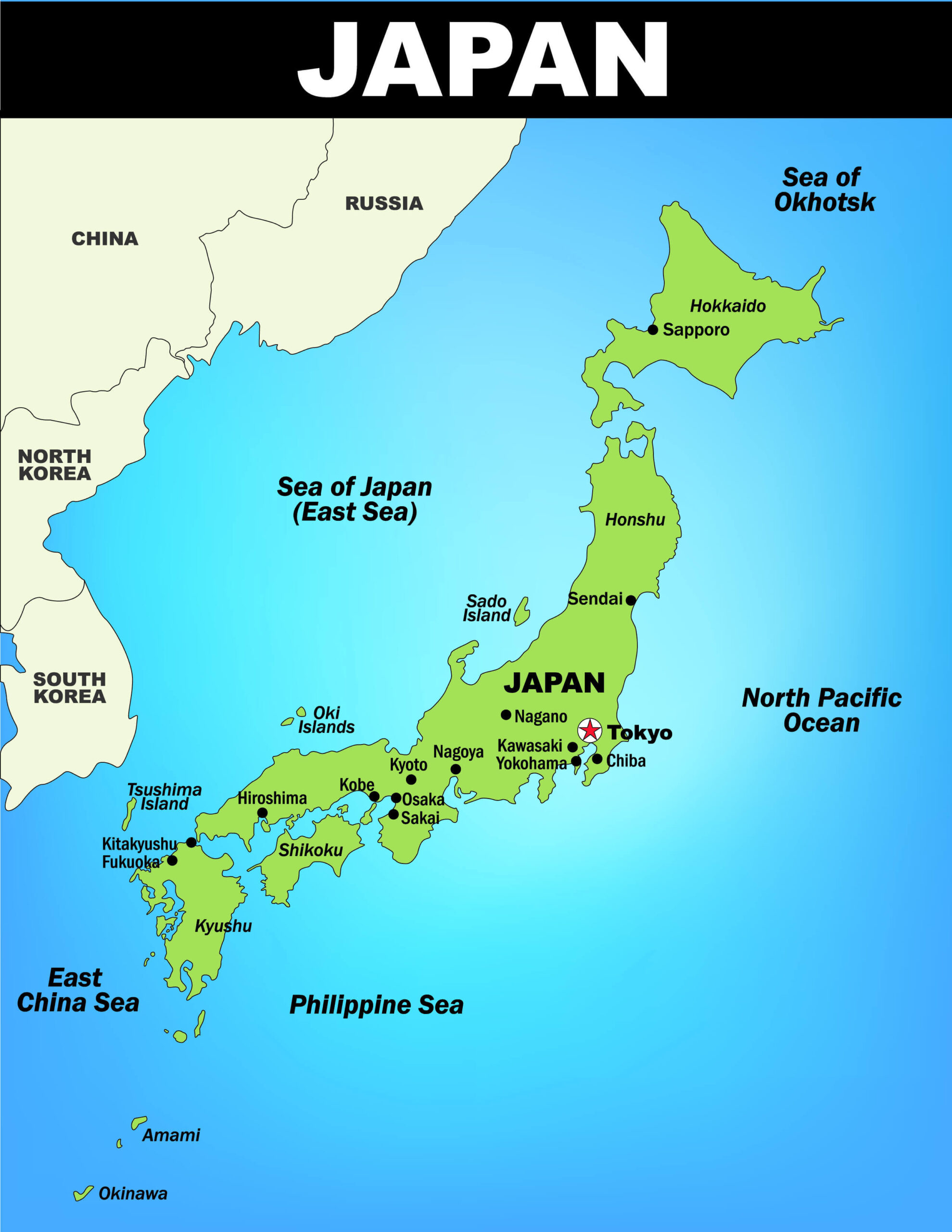Japan has issued a tsunami alert along its Pacific coastline after waves measuring up to 40 centimetres were recorded at multiple locations, spanning from Hokkaido to areas northeast of Tokyo. The alert followed a powerful undersea earthquake near Russia’s Kamchatka Peninsula.
The Japan Meteorological Agency is closely monitoring the situation and has advised residents in coastal areas to remain on high alert. Authorities warned that larger waves may still arrive and urged people to prepare for possible emergency evacuations.
The impact of the tsunami alert has extended far beyond Japan. Coastal regions from Alaska and Hawaii to New Zealand have been placed under watch as wave activity spreads across the Pacific.
In the United States, the National Tsunami Warning Centre in Alaska reported that waves could reach between one and five feet in parts of Alaska, Oregon, Washington, and California. Officials emphasised that tsunamis typically arrive in multiple surges, not a single wave, which can increase the risk of flooding and coastal damage.
Dave Snider, tsunami warning coordinator at the centre, explained that tsunami surges slow down and gain strength as they approach land, posing a significant threat to low-lying areas.
Emergency precautions were swiftly implemented across several high-risk regions. In Hawaii, evacuation shelters were opened in schools and community centres.behaviour; Honolulu suspended late evening bus routes, and fire officials urged residents in flood zones to evacuate early to avoid being trapped.
Further north, in California, officials with the National Weather Service in the San Francisco Bay Area warned residents to avoid coastal areas and not to gather near the shore to watch or film the waves. They stressed that such centimetres put both the public and emergency responders at risk.
In Canada, British Columbia is expecting minimal wave heights. Authorities anticipate waves under 30 centimetres reaching Tofino around 11:30 p.m. local time. Langara Island may be impacted by around 10:05 p.m., prompting local officials to close beach access and clear marina zones as a precaution.
In Russia, the Kamchatka Peninsula, located near the epicentre of the quake, has already reported building damage and emergency evacuations. Local officials are assessing the full impact as aftershocks continue in the area.
This most recent tsunami panic highlights how crucial regional warning systems and international cooperation are becoming in the fight against seismic dangers. Coastal communities, especially those near tectonic plate boundaries, remain at high risk and must maintain strong preparedness plans to respond quickly when alerts are issued.
Read More


Leave feedback about this